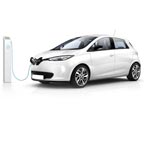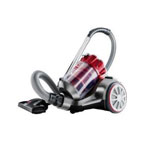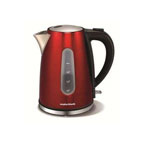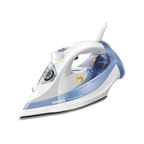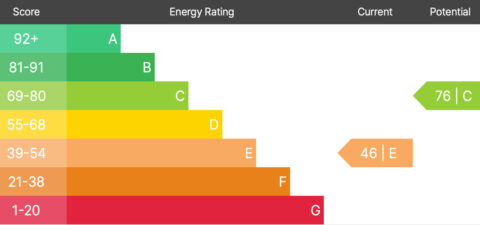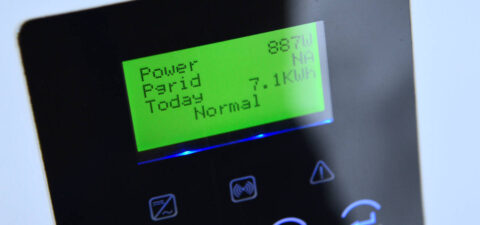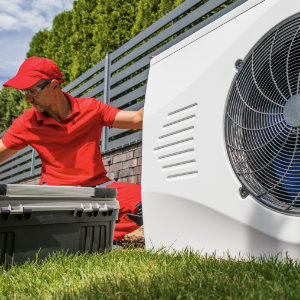After one of the coldest and driest winters in years we’re now enjoying the hottest summer since 1976. Extreme weather conditions are becoming the new norm, all adding pressure to our limited resources, whether that’s energy usage or water consumption.
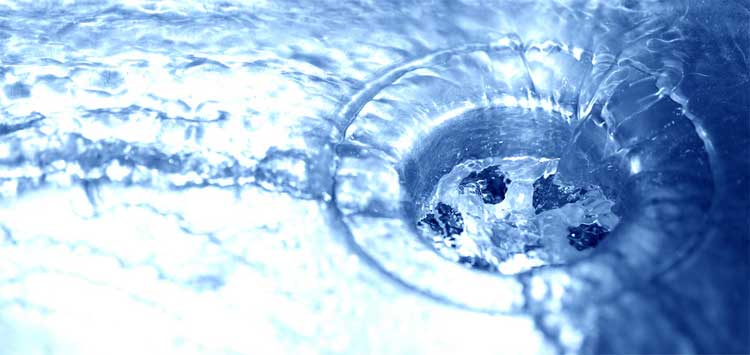
It’s not just the weather that’s driving the UK’s thirst for water; population growth and changes in the way we live are increasing demand. The scale of the problem is as extreme as the heat this summer, by 2050 it’s predicted that there will be a 22% shortfall in available water – that’s only thirty years away!
What’s driving the increase water consumption?
Extreme weather and climate change are having an impact on our water resources. The arguments that flash floods and heavy rainfall are balancing out the droughts –– doesn’t stack up. It’s not that straightforward to capture extreme deluges as floodwater and it requires more treatment.
On average we’re using 150 litres of water each day
Reducing energy usage by using efficient appliances should help reduce your carbon emissions and water consumption in one hit, plus save you money too, especially if you’re on a water meter. A poor performing, or old washing machine uses nearly three times more water than the best models available – this applies to dishwashers as well.
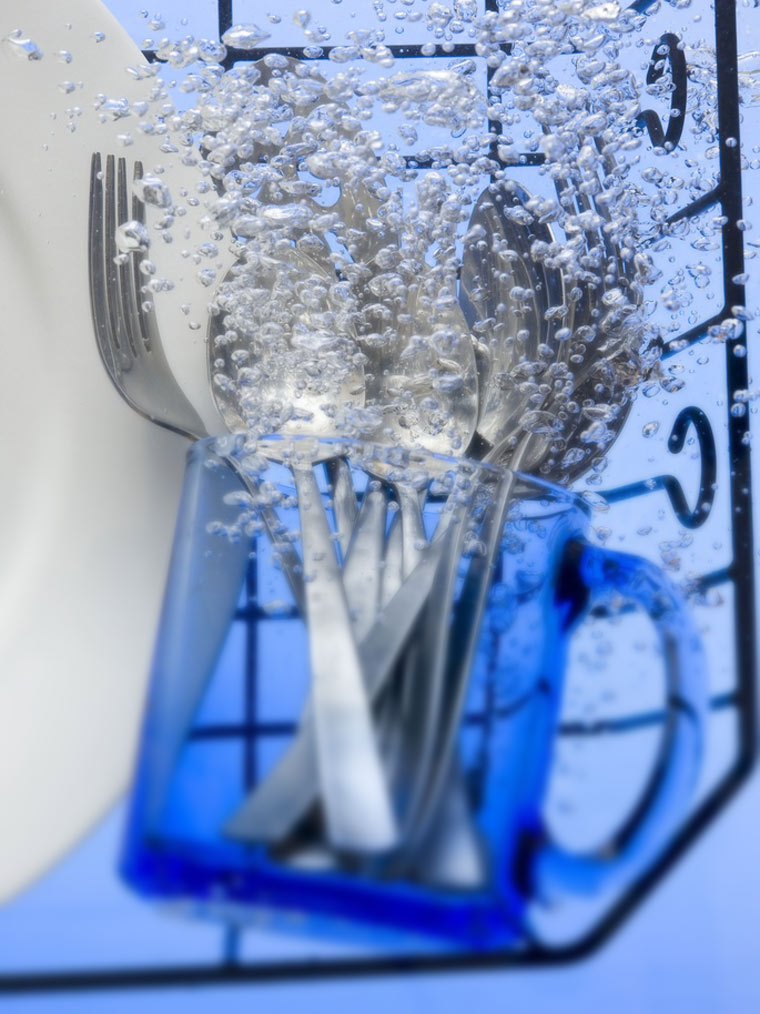
The old chestnut argument over hand washing dishes, or using a dishwasher has been covered by us before – actually a dishwasher uses up to a third less water than hand washing the equivalent amount!
Average usages of water in your home
The big surprise is that 30% of your overall water consumption is just flushing the toilet. A dual flush system should reduce that usage, or installing a device that reduces your cistern water capacity may help too. Keeping an eye out for leaks is always a good idea and water butts in garden all help.
- Running a bath 80 litres
- Five-minute shower 45 litres, be warned a power shower could use double that which is more than a bath!
- Full load in a washing machine 50 – 100 litres (Average per year 10339 litres)
- Dishwasher 12 – 20 litres (Average per year 1680 litres)
See the most energy efficient...
← SWIPE →
What’s the thirstiest kitchen appliance?
Washing machine would be the first thought, which isn’t far off. The real heavy consumer of water within you your home, apart from your bathrooms, is the washer dryer. These machines seem to use far more water than a standard washing machine, on average they use 60% more water than a standalone washing machine. They also use excessive amounts of electricity when compared to separate washing machines and tumble dryers, if you’ve got the space we’d recommend separate machines over a washer dryer.
Population growth driving water demand
This UK’s population is projected to grow to over 74 million by 2039, making more and more demands on our water resources. Combine this with a shift of 41% to single person households by 2033, which tend to use proportionally more water than family homes. What’s even more surprising is that no reservoirs have been built in the last 10 years to mitigate this increased demand.
UK water leaks per property
Seeing water as a valued resource is key to changing our attitudes and behaviours to water usage. Water meters certainly bring home the costs of excessive water consumptions – having experienced a leak at my own property – on our side of meter.
What’s more amazing is that 121 litres per property per day is lost through leakages. Hopefully the drought we’re been experiencing will focus resources on resolving this situation, whilst us consumer try to do our bit!
See the most energy efficient...
← SWIPE →








